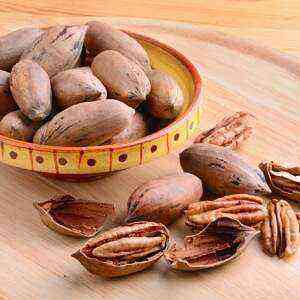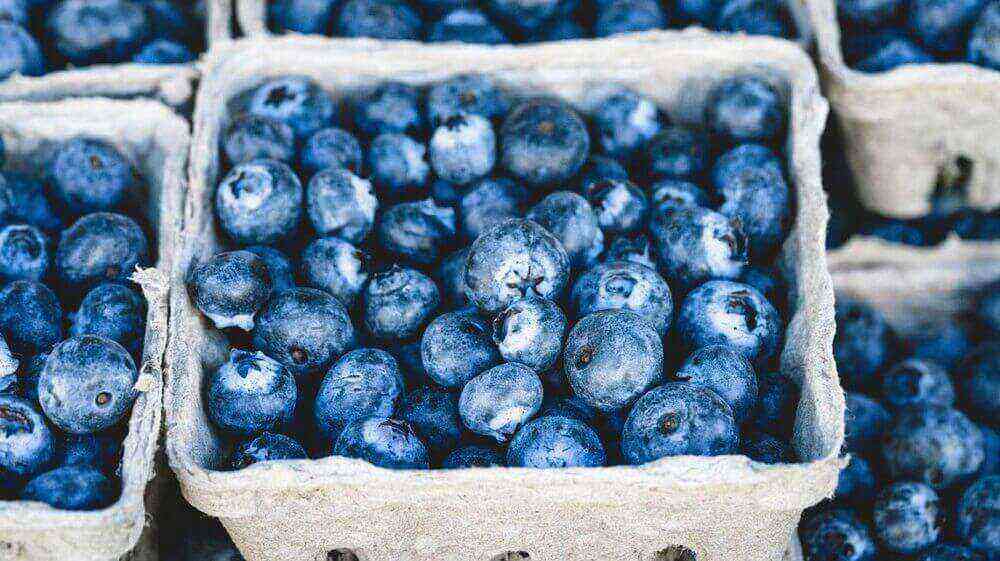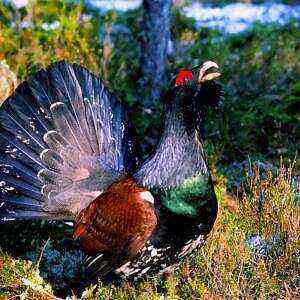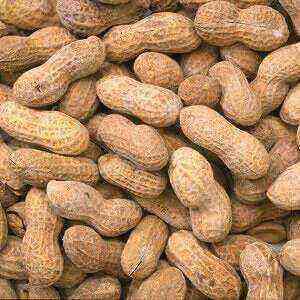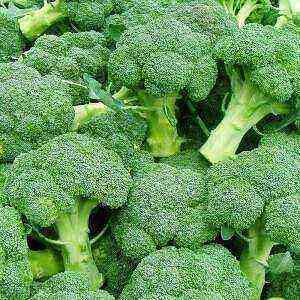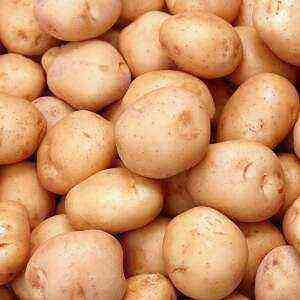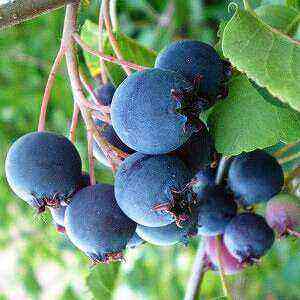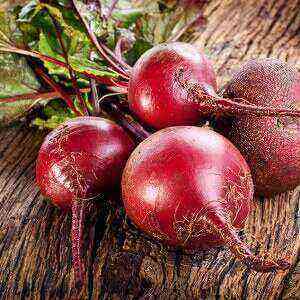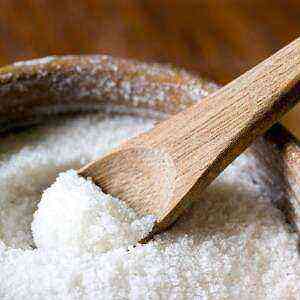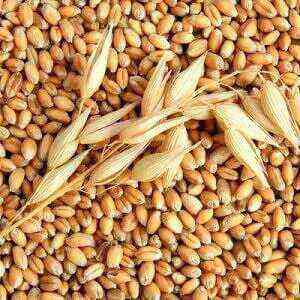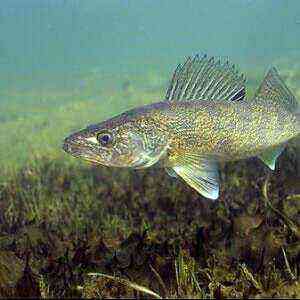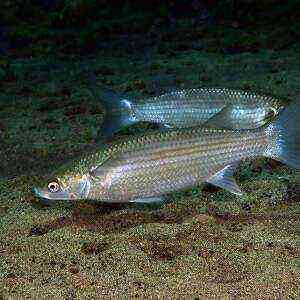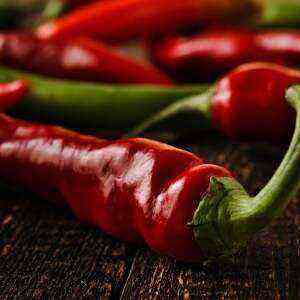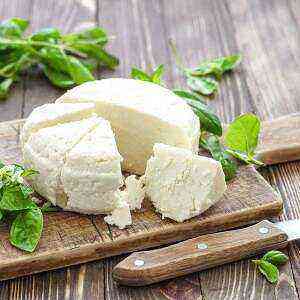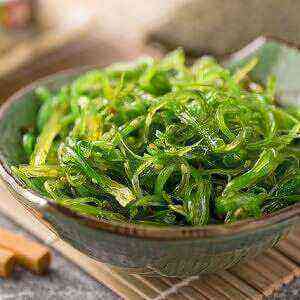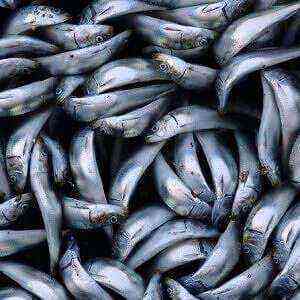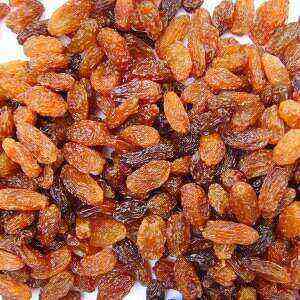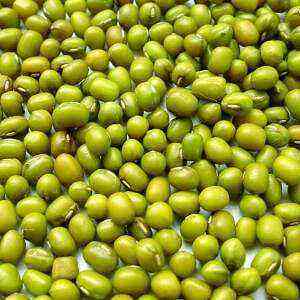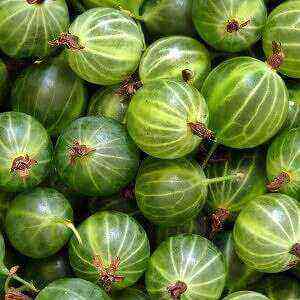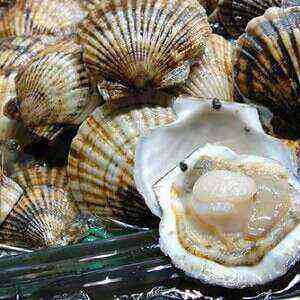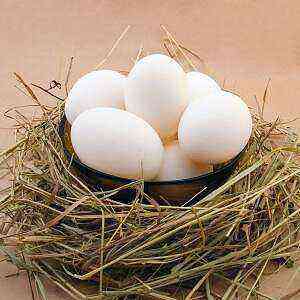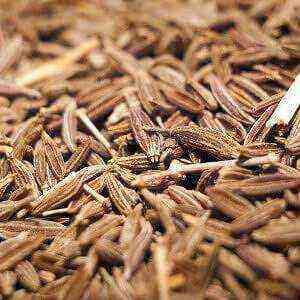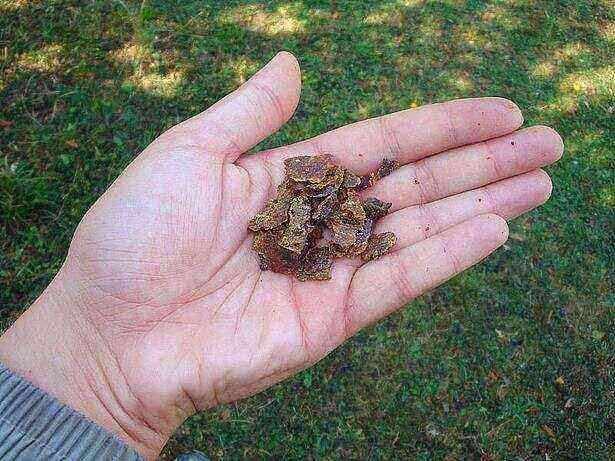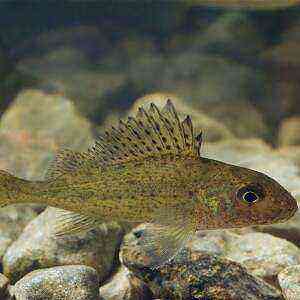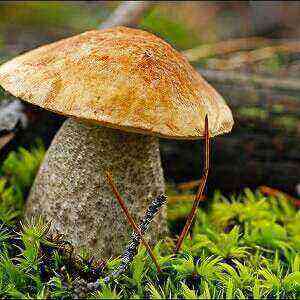
Description
Chanterelles are fleshy mushrooms with a pleasant aroma. Their unusual shape resembles a flower, or, as some mushroom pickers say, a golden flower, since they have a unique bright yellow color. It would seem that due to its unusual appearance, this mushroom cannot be confused with others. However, even experienced lovers of “quiet hunting” can mistake her poisonous “double” for a chanterelle. But more on that later.
Chanterelles are usually small mushrooms, but their size may vary on different continents. For example, in Europe and Asia, the average chanterelle barely exceeds the size of a thumb, but in the forests in the east of the United States, these mushrooms can already reach parameters in a fist, and in the west of the country – even more. True, gourmets say that European and Asian varieties are tastier and more aromatic.
In our latitudes, you can collect chanterelles from June to October. Most often found in coniferous forests (near pine, but there are also near birches, oaks), on sandy and acidic soils. The most abundant harvests can be counted on immediately after the rains.
Typically, these mushrooms grow in the same place for many years. But on one condition: during the harvesting process, the soil with mycelium was not damaged.
An interesting feature that even inexperienced mushroom pickers notice: chanterelles are almost never wormy. All this is due to the chitin mannose contained in the mushrooms. Another unique feature of mushrooms is that they can be collected in almost any container (even in a bag!), They still will not break.
False chanterelles: how to recognize
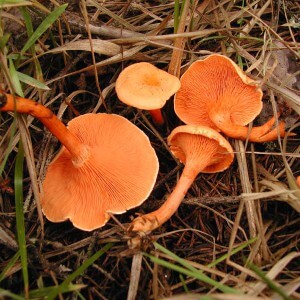
But this mushroom has poisonous counterparts. The first is a false fox. Outwardly, it is very similar to the real one. However, it is easy to find the deceiver by the place of residence. You will never find a poisonous twin on the soil, her favorite places are rotting wood or forest litter.
The second twin is the olive omphalot. This is a deadly fungus that grows exclusively in the subtropics on wood dust.
Not poisonous, but not the most useful – faceted and velvety chanterelles. Inexperienced mushroom pickers sometimes mistakenly collect these doubles. The velvety mushroom differs from the real one exclusively in color, in the “fake” it is brighter. The faceted chanterelle is easy to recognize by the delicacy of the pulp – the mushroom crumbles to pieces at the slightest careless touch. But it is distributed only in the forests of North America.
The nutritional value
These mushrooms are an excellent source of protein, and with it 8 essential amino acids, copper, potassium, zinc, selenium and many vitamins. They are rich in fiber and practically free of fat.
Useful components:
- Vitamin B1 (thiamine). This essential vitamin supports heart health and strengthens the nervous system.
- Vitamin B6. Helps strengthen the immune system, promotes proper metabolism of fats, proteins and carbohydrates, maintains lymphatic health, and is also important for glucose regulation.
- Cellulose. Stimulates digestion and peristalsis of the stomach, relieves constipation, helps with indigestion.
- Potassium. An essential mineral that is essential for the regulation of body fluids, promotes protein synthesis, and is essential for the health of the cardiovascular system. It is a prophylactic agent against stroke, controls blood pressure.
- Zinc. The presence of zinc in the body affects the proper functioning of the immune system, digestion, blood sugar concentration and metabolic processes.
- Copper. The mineral, important for proper growth, enzymatic reactions, maintains the health of connective tissue, prevents arrhythmias.
Nutrient content table for 100 g raw product
Calories 20-38 kcal Proteins 1,5 g Fats 0,5 g Carbohydrates 6,9 g Fiber 3,8 g Water 89,8 g Vitamin D 5,3 μg Vitamin B1 0 mg Vitamin B02 2 mg Vitamin B0,2 3 mg Vitamin B4 5 mg Vitamin B1,08 6 mg Calcium 0,04 mg Copper 15 mg Iron 0,4 mg Magnesium 3,4 mg Phosphorus 13 mg Potassium 57 mg Selenium 506 μg Sodium 2,2 mg Zinc 9 mg
Benefits for the body
Chanterelles, as a rich source of fiber, are essential for burning excess fat and also help prevent many chronic diseases, particularly heart disease.
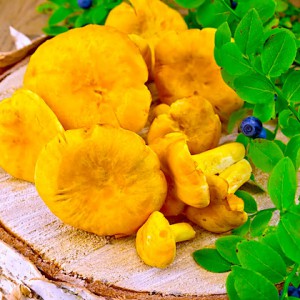
In addition, chanterelles are among the foods with an extremely high concentration of B vitamins, important for the health of the nervous system, and also involved in the process of converting food into energy.
These bright fire mushrooms are known to have powerful anti-inflammatory properties. Therefore, in folk medicine, this product is often used to relieve pain in arthritis, sore throat, to treat abscesses and boils, as well as to prevent many chronic diseases.
Surprisingly, chanterelles are also powerful agents for stimulating the immune system, and they are also credited with having anti-cancer effects. By the way, scientists suggest that such a powerful effect on the immune system is achieved due to the presence of beta-glucan and selenium in chanterelles. These substances have a reputation for being effective immunostimulants. For this reason, chanterelles are one of the best foods for people with HIV and other diseases that weaken the immune system. These mushrooms help the body fight viral infections and strengthen the body during cold seasons.
Another amazing property of chanterelles is that they kill and prevent the growth of new cancer cells in the human body. This almost fantastic ability of chanterelles is determined by antioxidants, which are found in large quantities in mushrooms. It should be said that antioxidants effectively deactivate free radicals, which subsequently protects against any pathological changes in cells. In addition, antioxidants prevent early aging.
Researchers, having studied the biochemical capabilities of chanterelles, called them antibiotic fungi. Also, these mushrooms slow down the reproduction of tubercle bacillus, thanks to trametonolinic acid, they weaken the herpes virus, restore pancreatic cells, and remove radionuclides from the body.
Chanterelles for cleansing the body
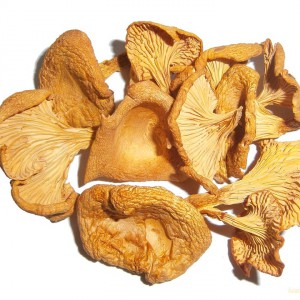
The detox program requires only 5 chanterelles. Pre-dry the mushrooms and grind to a powder. In this form, add to ready-made meals. This “seasoning” has a light pungent flavor reminiscent of pepper. The course of treatment lasts at least 10 days.
Warning
Chanterelles, like most other forest mushrooms, are difficult to digest food. For this reason, nutritionists advise against consuming meals made from them before bedtime. Also, one should not be overly carried away by chanterelles for persons with digestive disorders, liver diseases.
It is better to refuse this product for the elderly and children.
How to choose the right one when buying
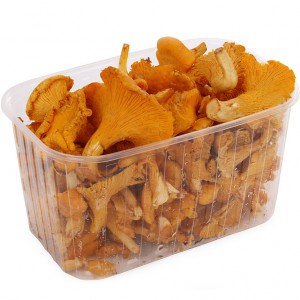
If you are not very well versed in mushrooms, you do not need to buy them on the market or “from hand”. In addition, it is important to remember that mushrooms easily absorb toxins and “chemistry” of any origin. Therefore, chanterelles from a contaminated area can be poisonous to the body.
What to do with chanterelles
Chanterelles are good boiled, stewed, fried. They go well with most dishes. They can be dried or frozen to extend their shelf life. This will give you the opportunity to enjoy mushrooms all year round, not just in season.
But whatever method you choose for the subsequent cooking of mushrooms, it is important to clean them first. And this is perhaps the most laborious process. To do this, the product will have to be soaked in a large bowl of water, after cutting out the damaged parts. Meanwhile, “fox cubs” should not be kept in water for a long time, because of this they will soften, lose their consistency and taste. After thoroughly rinsing each mushroom, you can start cooking.
Easiest to boil. But as a result of such processing, they will lose about 2/3 of their volume. In addition, during the cooking process, chanterelles, as a rule, lose not only volume, but also their beautiful color. To prevent this from happening, a little vinegar should be added to the water. By the way, chanterelles cook quite quickly, but experienced chefs still advise keeping them on fire for at least 20 minutes.
The second easy way is to fry in butter. This is probably the most popular cooking method. Mushrooms can be fried without additional ingredients or with onions and sour cream. But in any case, salt the product at the very end of cooking, otherwise the mushrooms will become very tough. By the way, boiled or fried chanterelles are perfect as a filling for pies or pies.

Frozen chanterelles are the healthiest way to prepare a product, which allows you to preserve almost all the nutrients. In addition, you will have fresh mushrooms almost until spring. But it is important to remember that frozen mushrooms should not be stored for longer than 3 months.
Drying mushrooms is a fairly popular way of harvesting and a good alternative for those who wish to enjoy this delicacy all year round. The only disadvantage of this method is that mushrooms lose their taste a little and some of the nutrients. But the secret of our grandmothers will help improve the taste of dried “foxes”: before cooking, soak the mushrooms in milk for an hour and a half.
Once upon a time during the fast, mushrooms completely replaced meat for our ancestors. Chanterelles have always been among the favorite mushrooms of the Slavs. After all, it is not only a nutritious product rich in many useful elements, but also very malleable in processing. It is easy to clean and cook, and due to its striking appearance it is almost impossible not to notice it in the forest.
